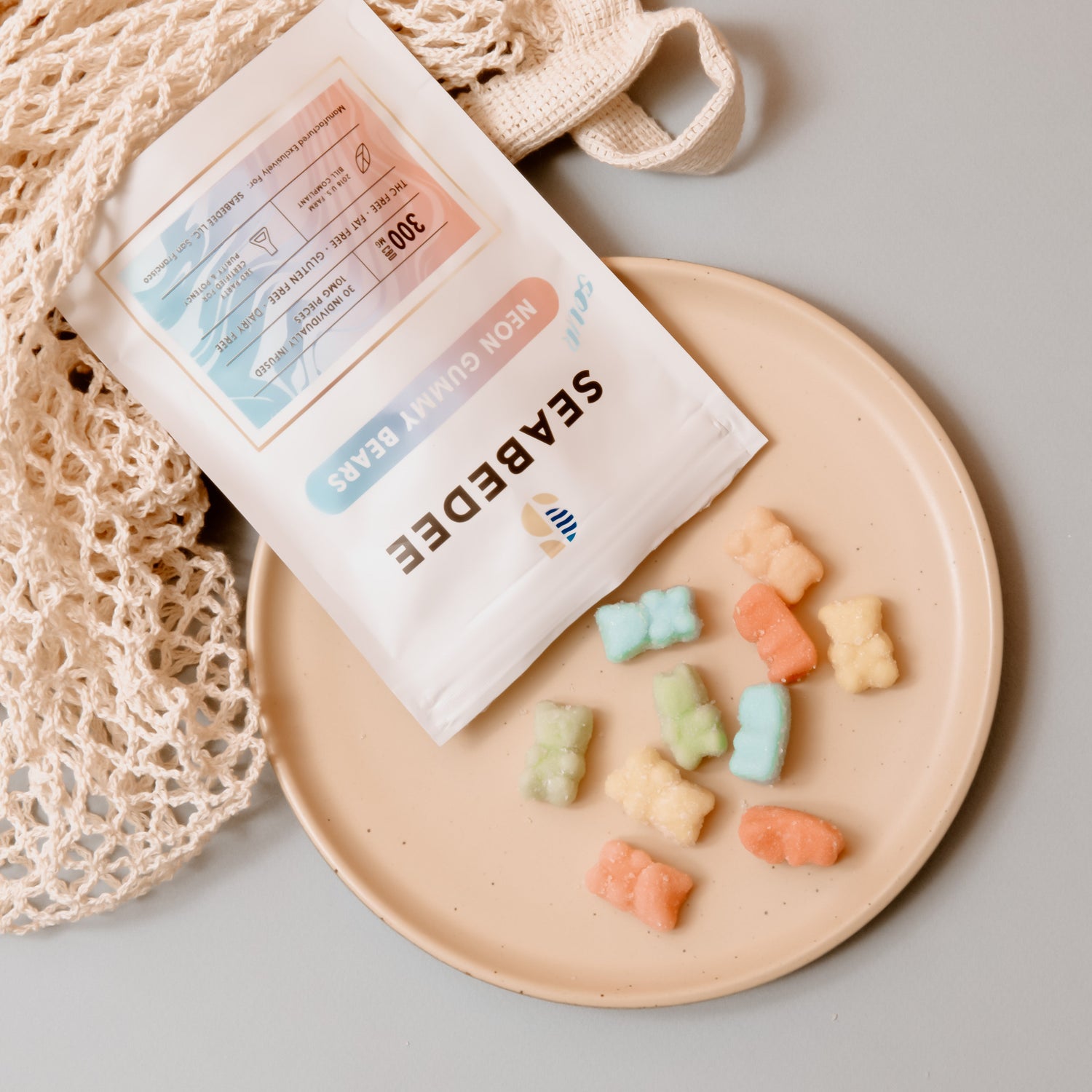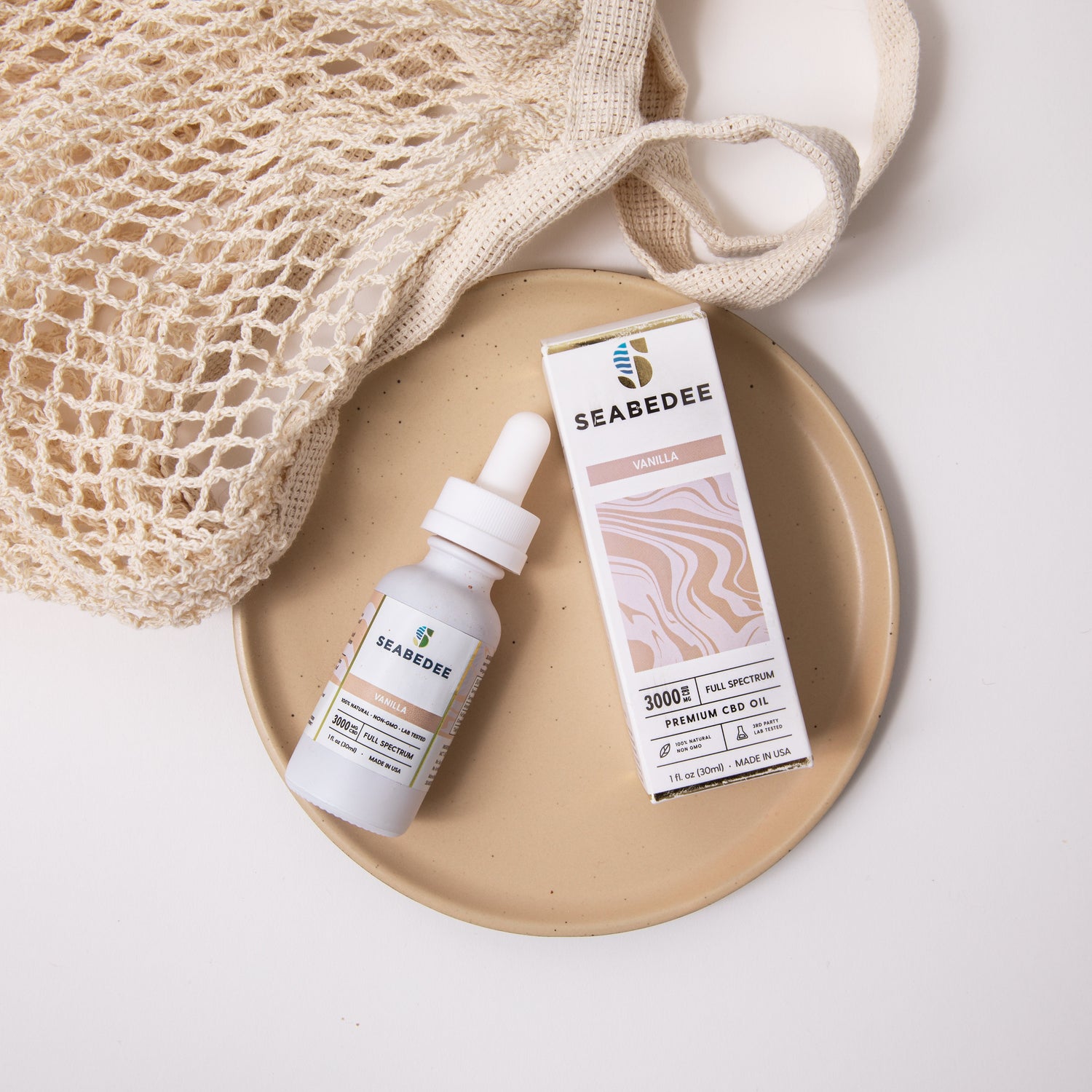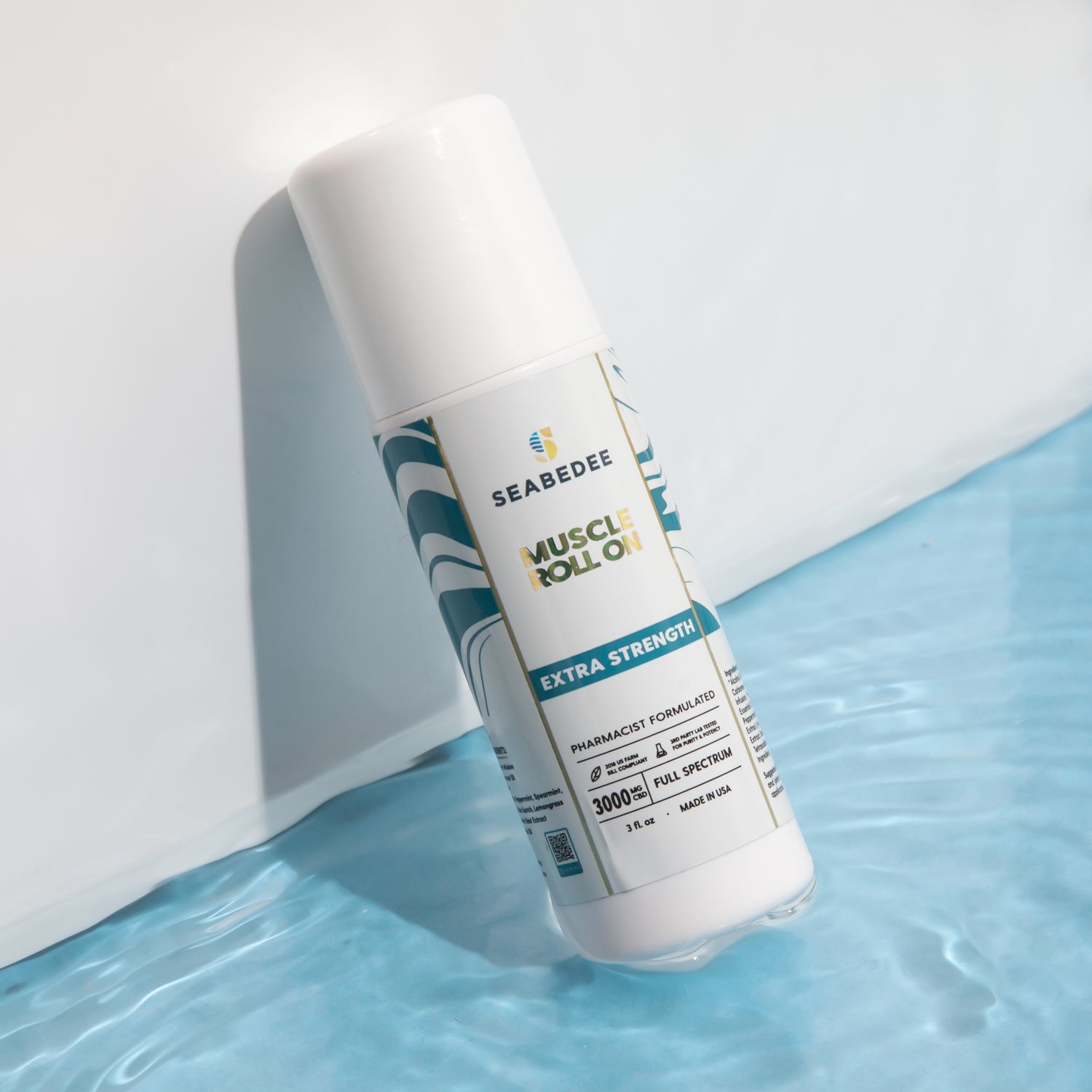Does Brita Filter Microplastics? What You Need to Know About Water Filters for Microplastics
Microplastics are tiny plastic pieces that come from larger plastic waste breaking down over time. These particles are often smaller than 5mm, and most of us can’t even see them. But even though they’re invisible, they can end up inside us. That’s why understanding how to use a proper microplastics water filter and how to test your body is so important.
How Do Microplastics Get Into Drinking Water?
Here’s how microplastics get into our drinking supply:
-
Rainwater moves plastic trash into rivers and lakes
-
Plumbing systems can break down and add plastic into the flow
-
Bottled water containers shed particles
-
Standard treatment plants don’t filter microplastics
-
Outdoor runoff adds even more to our water
The truth is, microplastics are in both tap and bottled water. So using a microplastic water filter is one way people try to stay safe. But not all filters work the same way, and many don’t target microplastics at all.

Why This Is a Health Concern
Microplastics aren’t just sitting in water. They’re getting into our bodies. Once inside, they may carry toxins and build up in our organs. Many people think their microplastic filter at home has them covered, but these particles are so small that regular filters often miss them.
We built MicroplastX to give people answers. Our microplastics blood test shows you what’s already in your body — not just what’s in your glass. You deserve to know your exposure. That’s why we recommend pairing a high-quality water filter for microplastics with real testing.
Here’s what you can do:
-
Use a verified microplastic water filter
-
Reduce plastic packaging and bottled water
-
Test your body with our at-home kit from MicroplastX
An external study found microplastics in over 93% of bottled water samples tested, making it even more important to question what your water filter for microplastics is really doing.
Does the Brita Filter Remove Microplastics?
Brita filters are made to clean up tap water by removing chlorine, sediment, and some metals. But when it comes to tiny particles like microplastics, it’s a different story. Brita doesn’t list microplastic water filter capability on their product pages. So if you’re using Brita, you might still be drinking microplastics.
What Brita Filters Are Designed to Do
Here’s what Brita filters are known to remove:
-
Chlorine and odor
-
Some heavy metals like copper and lead
-
Dirt and sediment
But microplastics water filter performance? Not guaranteed.
Why Brita Isn’t a Microplastic Filter
Most Brita filters don’t use the kind of fine membrane tech needed to catch microplastics. They rely on carbon and mesh filtration, which isn’t small enough to block these particles. That means your microplastic filter might not be filtering microplastics at all.
To really reduce exposure, you’d need:
-
Reverse osmosis systems
-
Ultrafiltration systems
-
Multi-stage microplastic water filter systems designed for small-particle removal
Brita doesn’t use these methods. So while your water might taste better, the water filter microplastics risk is still there.
How You Can Know What’s in Your Body
That’s where we come in. At MicroplastX, we created an easy way to test your blood at home for microplastics. No lab visits. No guesswork. You can buy our Microplastics Test Kit to test for microplastics at home.
Knowing what’s in your body is the most accurate way to know if your water filter for microplastics is actually working. We recommend:
-
Testing your body at least once a year
-
Using a verified microplastic filter system
-
Taking daily steps to reduce exposure
Microplastics also come from food and air, not just water. That’s why even the best microplastics water filter can’t eliminate the full risk. You need data about your body, and that’s what we offer at MicroplastX.
The bottom line? A water filter for microplastics helps — but it’s not the full picture. Test with MicroplastX and know for sure.
Which Water Filters Actually Work Against Microplastics?
If you’re serious about removing microplastics from your water, you need more than a basic pitcher. A true microplastic water filter must go beyond taste and odor improvements. Many popular filters make general claims, but very few are tested specifically for microplastics.

Let’s break down the main types of filters and what they do:
-
Carbon filters: These are common in pitchers and faucet attachments. They’re good for chlorine and some metals but usually not fine enough to block microplastics.
-
Reverse osmosis: These systems force water through a membrane, which can catch very small particles, including some microplastics.
-
Ultrafiltration: This type of filter uses fine membranes to remove tiny contaminants and is one of the better options for dealing with microplastics.
-
Multi-stage systems: These often combine carbon, sediment, and membrane filtering. Some are advertised as a water filter for microplastics, but it’s still smart to verify their claims.
When choosing a filter, look at the specs. A real microplastic water filter should mention particle size removal down to at least 0.1 microns. Anything bigger might let microplastics through.
Choosing the Right System
If you want better protection, here’s what to look for in a microplastic filter:
-
NSF or third-party certification for particle removal
-
Reverse osmosis or ultrafiltration included
-
Test results that show it catches plastic particles
Even then, there’s a limit to what a water filter for microplastics can do. These systems can help reduce what you’re drinking now, but they won’t tell you how much is already in your body.
That’s why we created MicroplastX. We give you a way to test your blood for microplastics at home. It’s easy, private, and accurate. If you’re using a microplastic water filter and want to know if it’s working, start by measuring what’s in your system with our Microplastics Test Kit.
We recommend combining a high-quality water filter with regular testing. That’s how you get real peace of mind.
So while some filters are better than others, no filter gives you a full picture. That’s why testing matters. We help you go beyond guesswork.
Why Filtering Alone May Not Be Enough
Most people think using a microplastic filter at home is enough. But the truth is, microplastics come from all directions. Even if you have the best microplastic water filter, you’re still being exposed in ways you can’t see or stop completely.
Microplastics Come From More Than Just Water
Here’s where microplastics also come from:
-
Food packaging and processed foods
-
Household dust and air pollution
-
Plastic clothing fibers in laundry
-
Cosmetics and personal care products
That means your water filter for microplastics is just one layer of defense. It can’t block the food you eat or the air you breathe. And over time, those small daily exposures can build up in your body.
Cumulative Exposure Is the Real Risk
Even if you limit plastic use and filter your water, microplastics may still be accumulating inside you. These particles don’t just pass through — they can stick around in your organs and tissues.
This is why we always say filtering is helpful but not final. You can’t know your real exposure just by looking at your water. You need to check what’s already in your system. That’s where MicroplastX comes in.
We offer the only at-home blood test that detects microplastics already in your body. You don’t need a doctor’s appointment. Just order the test, collect a sample at home, and send it back. Your results tell you exactly what’s inside.
Here’s why this matters:
-
Filters may miss smaller or new types of plastic
-
You could be getting more exposure from non-water sources
-
Only a test will show how much has built up over time
You can order your MicroplastX Microplastics Test Kit. It’s the missing piece that most people forget. A microplastic filter can help — but only we can tell you what’s already inside you.
A recent report from the World Health Organization also confirmed that more research is needed on the health effects of microplastics, especially from multiple sources. Until more is known, prevention and testing are the best tools we have.
Filters matter. But testing matters more. We help you close the gap.
What to Look for in a Water Filter for Microplastics
If you’ve been shopping for a water filter for microplastics, you’ve probably noticed that most filters don’t clearly say whether they remove plastic particles. They might talk about chlorine, lead, or bad taste, but microplastics aren’t always listed. That’s a problem.
Why Most Filters Miss the Mark
Here’s why most filters don’t work as a microplastics water filter:
-
The filter pores are too big to block microplastics
-
They’re not tested or certified for plastic removal
-
They’re designed for general taste improvement, not particle filtration
Pitcher filters, faucet attachments, and fridge filters usually fall short. Even some high-end filters aren’t tested for plastic removal. If you’re relying on one of these, there’s a good chance your water still contains microplastics.
Filters That Actually Work
The best options for removing plastic particles from your water include:
-
Reverse osmosis systems that filter down to 0.0001 microns
-
Ultrafiltration systems that capture very small contaminants
-
Certified multi-stage filters with fine membranes
If you want a water filter for microplastics that actually works, look for lab testing or proof that it filters particles smaller than 1 micron. But even the best filter can't block everything from every source.

Microplastics come from more than just water. They’re also in the food you eat, the air you breathe, and even in your household dust. That’s why we created a better way to find out what’s actually getting into your body.
At MicroplastX, we give you the ability to test for plastic exposure directly. Our at-home test kit tells you what your filter can’t. While a microplastic water filter helps reduce daily exposure, testing shows you what’s already built up.
When you combine water filtering with body testing from MicroplastX, you get a full picture..
If you want peace of mind, don’t stop at a water filter. Test yourself. It’s the only way to really know if your filter is working. You can explore how we help people reduce exposure and take action at MicroplastX.
An external report from the Environmental Working Group showed that microplastics are now found in most major municipal water systems. That’s even more reason to ask: is your water filter for microplastics actually doing its job?
Why You Should Test Your Body for Microplastics
Even the best microplastics water filter won’t cover everything. It helps reduce new exposure, but it doesn’t erase what’s already inside you. The truth is, microplastics build up over time, and most of us are exposed through multiple sources.
Filtering Helps, But It’s Not Enough
Plastic particles can get into your system from:
-
Packaged and processed food
-
Dust in your home or office
-
Plastic containers, bags, and wraps
-
Clothing made from synthetic fibers
-
Tap water and bottled water
A microplastic filter only covers part of the problem. And that’s the issue—most of the time, people think they’re safe just because they’ve installed a filter. But if you want to really understand your risk, you have to go further.
Why Testing Matters
That’s why we made MicroplastX. We give you a way to test your blood for microplastics without needing a lab visit or a doctor. It’s fast, simple, and puts you in control of your health. You can order your test kit now to test for microplastics at home.
We always recommend using a microplastics water filter. But we also know that’s just the start. Real health decisions come from real data. That’s why testing your body is the missing step most people skip.
Here’s what happens when you test with us:
-
You collect a small sample from home
-
You send it to our lab with prepaid shipping
-
You get clear results showing your current exposure
You can use this info to decide whether your current filter is working, or if you need to upgrade to a better water filter for microplastics. You can also make lifestyle changes to cut down on other sources of exposure.
We want to make microplastic exposure easier to understand and easier to manage. That’s our mission, and you can see how we do it at MicroplastX.
No matter how good your filter is, it can’t tell you what’s already inside you. That’s our job. And we built this so everyone could access real answers without the wait or the cost of traditional labs.
If you’re using a microplastics water filter and still wondering if it’s enough, the answer is simple: test yourself. You can do that today with MicroplastX.



